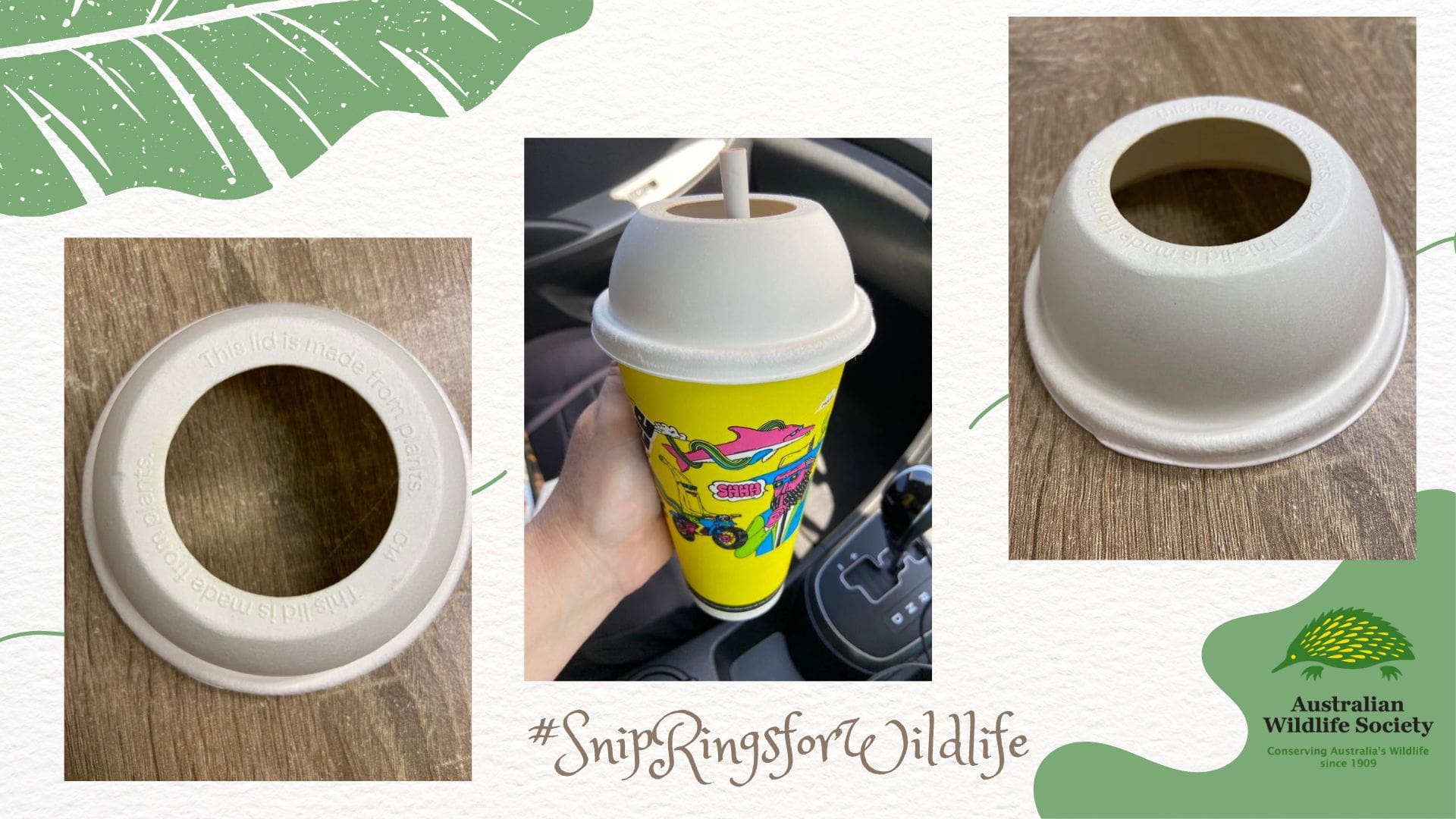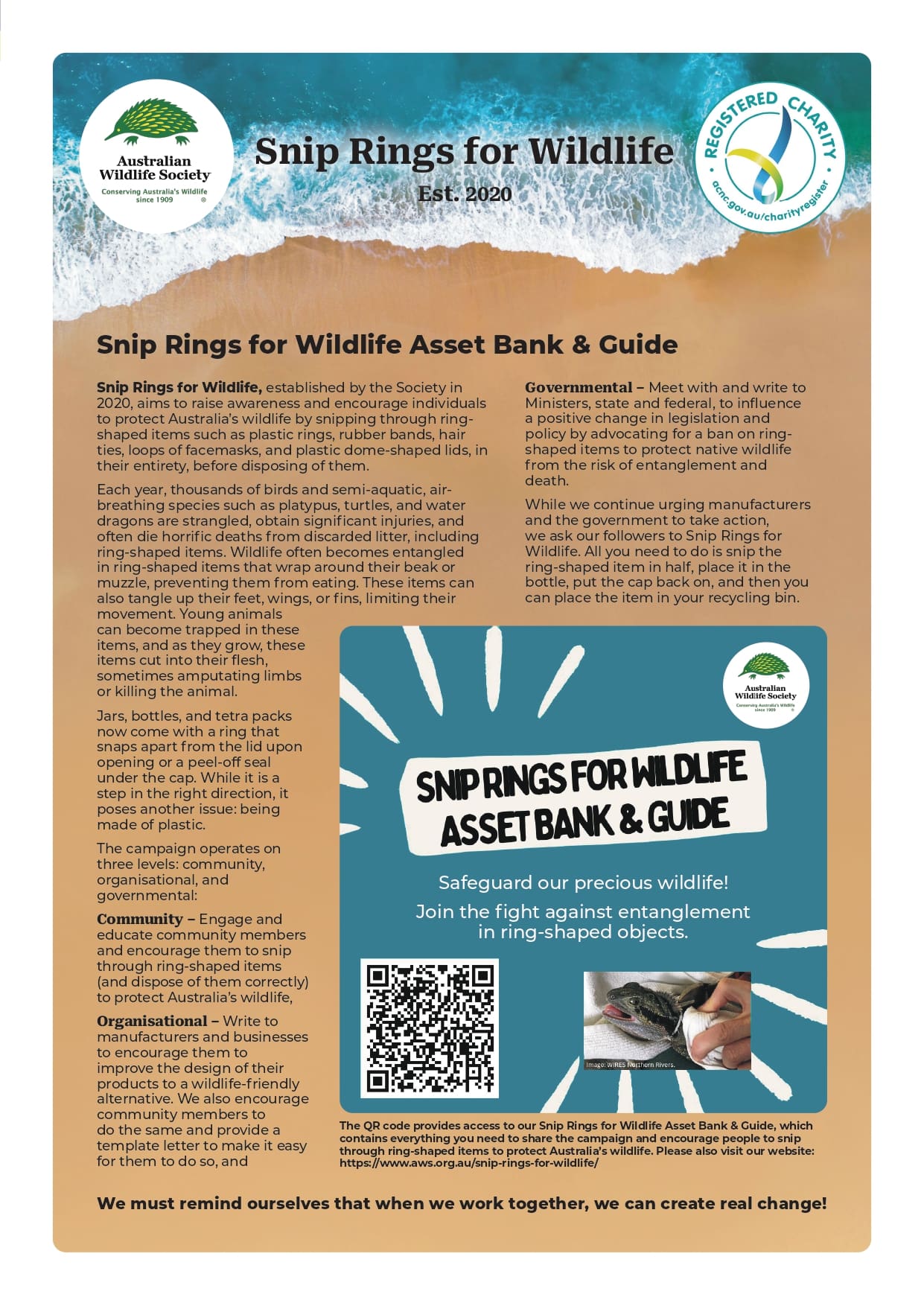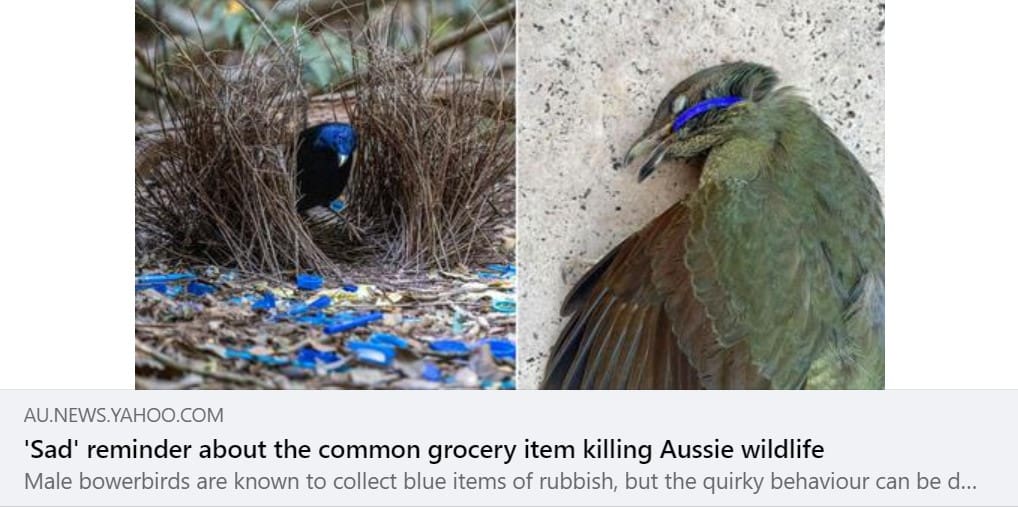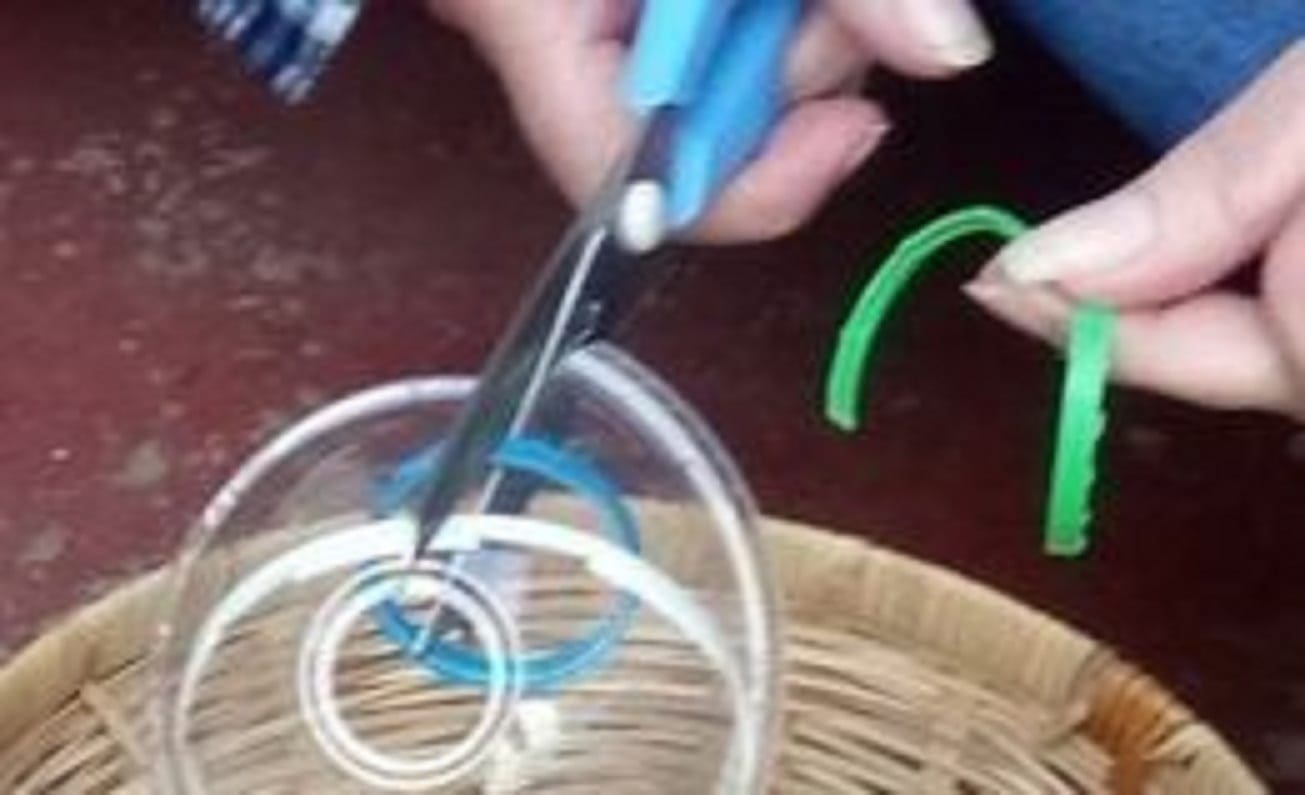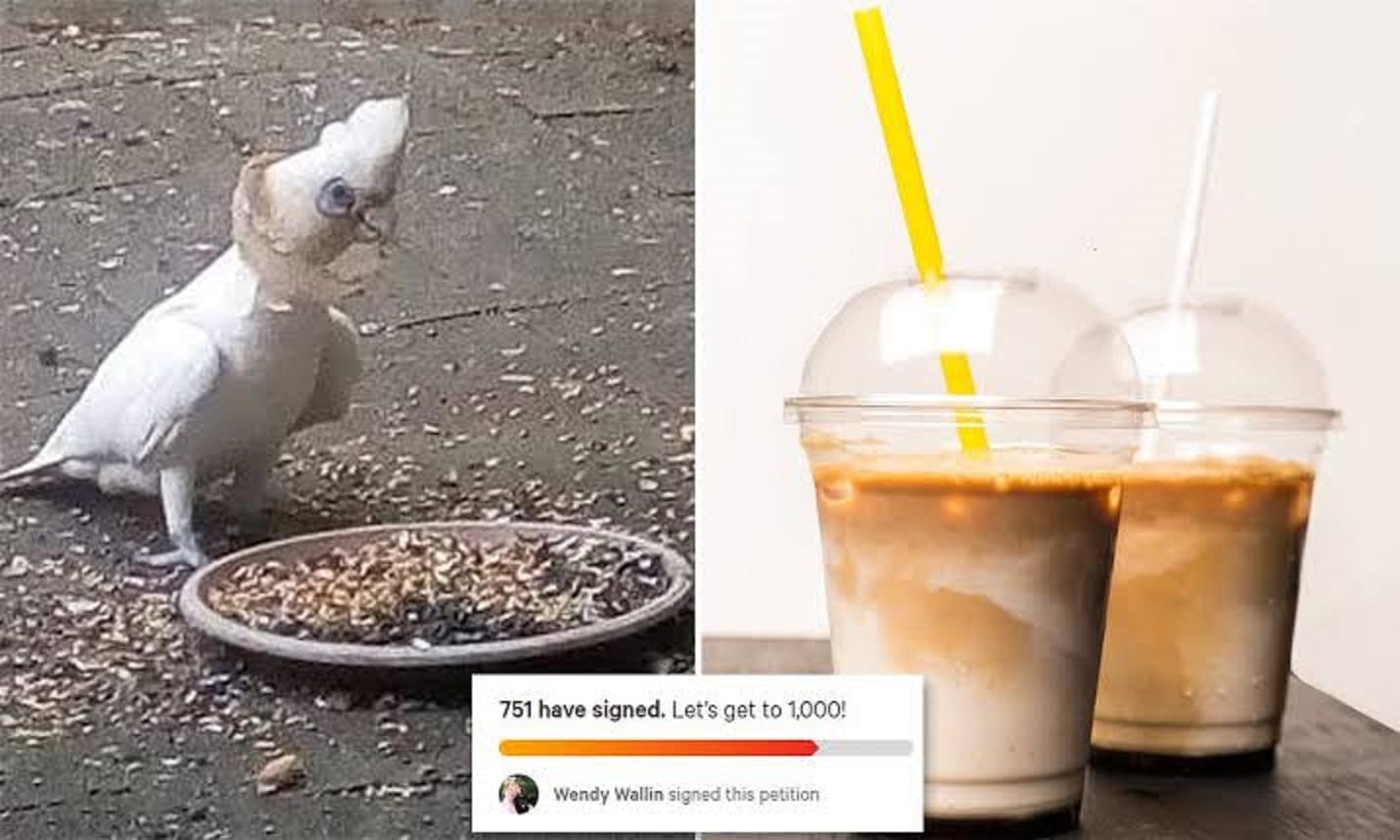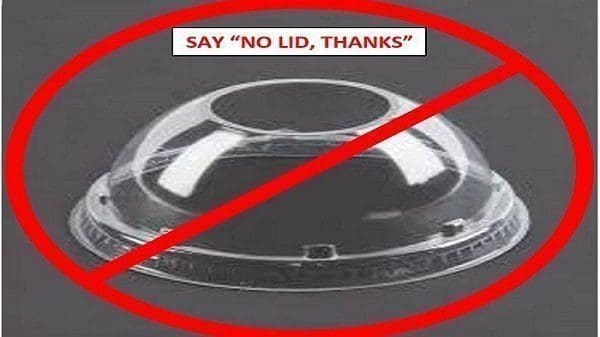
SNIP RINGS FOR WILDLIFE
The Snip Rings for Wildlife campaign, established by the Society in 2020, aims to raise awareness and encourage individuals to protect Australia’s wildlife by snipping through ring-shaped items such as plastic rings, rubber bands, hair ties, loops of facemasks, and plastic dome-shaped lids, in their entirety, before disposing of them.
Each year, thousands of birds and semi-aquatic, air-breathing species such as platypus, turtles, and water dragons are strangled, obtain significant injuries, and often die horrific deaths from discarded litter, including ring-shaped items. Wildlife often becomes entangled in ring-shaped items that wrap around their beak or muzzle, preventing them from eating. These items can also tangle up their feet, wings, or fins, limiting their movement. Young animals can become trapped in these items, and as they grow, these items cut into their flesh, sometimes amputating limbs or killing the animal.
Jars, bottles, and tetra packs now come with a ring that snaps apart from the lid upon opening or a peel-off seal under the cap. While it is a step in the right direction, it poses another issue: being made of plastic.
The campaign operates on three levels: community, organisational, and governmental.
- Community – Engage and educate community members and encourage them to snip through ring-shaped items (and dispose of them correctly) to protect Australia’s wildlife.
- Organisational – Write to manufacturers and businesses to encourage them to improve the design of their products to a wildlife-friendly alternative. We also encourage community members to do the same and provide a template letter to make it easy for them to do so.
- Governmental – Meet with and write to Ministers, state and federal, to influence a positive change in legislation and policy by advocating for a ban on ring-shaped items to protect native wildlife from the risk of entanglement and death.
While we continue urging manufacturers and the government to take action, we ask our followers to Snip Rings for Wildlife. All you need to do is snip the ring-shaped item in half, place it in the bottle, put the cap back on, and then you can place the item in your recycling bin.
We must remind ourselves that when we work together, we can create real change. Show your support and help raise awareness by sharing the campaign on social media. Don’t forget to use the hashtag #SnipRingsforWildlife.
Should snipped plastic rings go in the recycling or general waste bin?
Unfortunately, the answer is not straightforward and can be somewhat confusing due to the recycling technology at different processing facilities.
Yes, you can separate the rings from the neck of the bottle before throwing the plastic ring in the recycling bin. However, plastic rings and lids are often too small for current recycling technology to sort, so it is advised not to place them loosely in the recycling bin. If the plastic ring is detected as too small, it will be automatically discarded and diverted to general waste. However, if its small size is not detected, the plastic ring is more likely to be recycled with the larger items. You may like to separate the plastic ring, place it in the bottle, and put the lid back on to ensure it gets recycled with the larger items.
Sometimes, the plastic rings and lids are not the same type of plastic as the bottle, but they can be easily separated in many processing facilities.
Ideally, it would be best to eliminate plastic rings during the product manufacturing stage – something the Society encourages manufacturers to do to help protect native wildlife.
Please check with your council for specific local advice on recycling plastic rings.
Additional information:
Reach out to manufacturers and encourage them to improve their products to protect native wildlife.
WHAT TO DO IF YOU SPOT NATIVE WILDLIFE THAT IS ENTANGLED
THE IMPACT OF BALLOONS AND BALLOON STRING ON WILDLIFE
| STATE | BALLOON RELEASES BANNED | POSITION | LINKS |
| QLD | The release of balloons is considered littering (since 2011) and fines apply | BANNED | 2023 (Mass) |
| NSW | Up to 19 balloons can be released | ||
| ACT | Up to 19 balloons can be released | ||
| VIC | The release of balloons is considered littering and fines apply | BANNED | 1-Jul-21 |
| TAS | The release of balloons is considered littering and fines apply | BANNED | Litter Act 2007 |
| NT | Is proposing a ban by 2025. The Society is asking the ban to be expedited | by 2025 | 2025 |
| SA | Balloon releases considered littering but no enforcement | ||
| WA | The release of balloons is considered littering and fines apply | BANNED | 2022 |
THE IMPACT OF FACEMASKS ON WILDLIFE
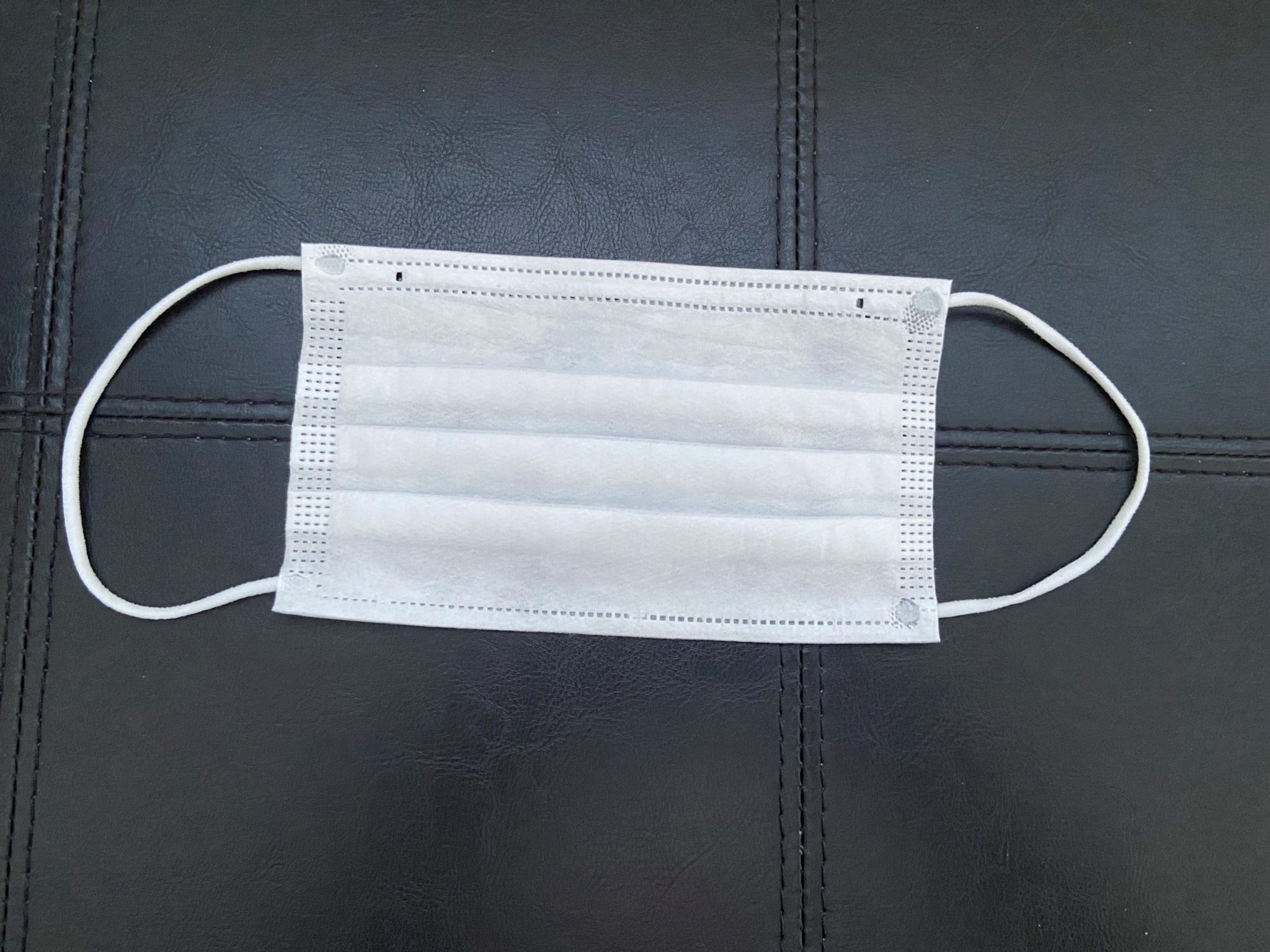
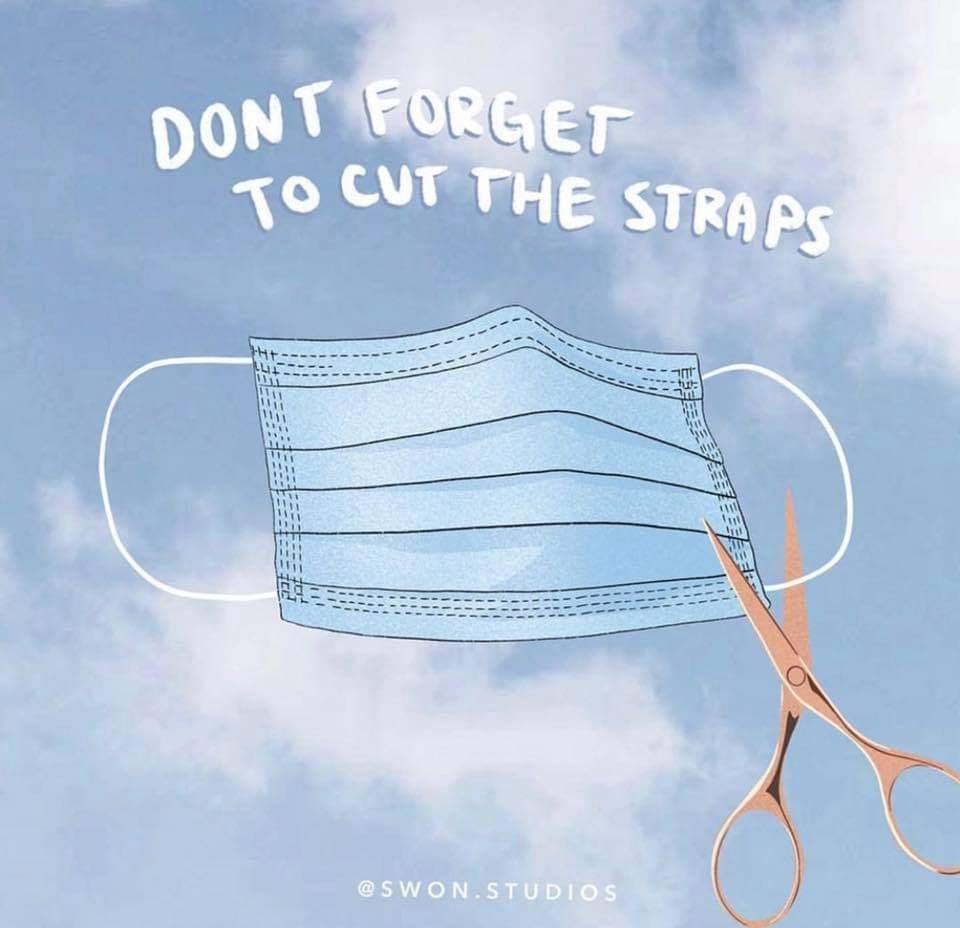
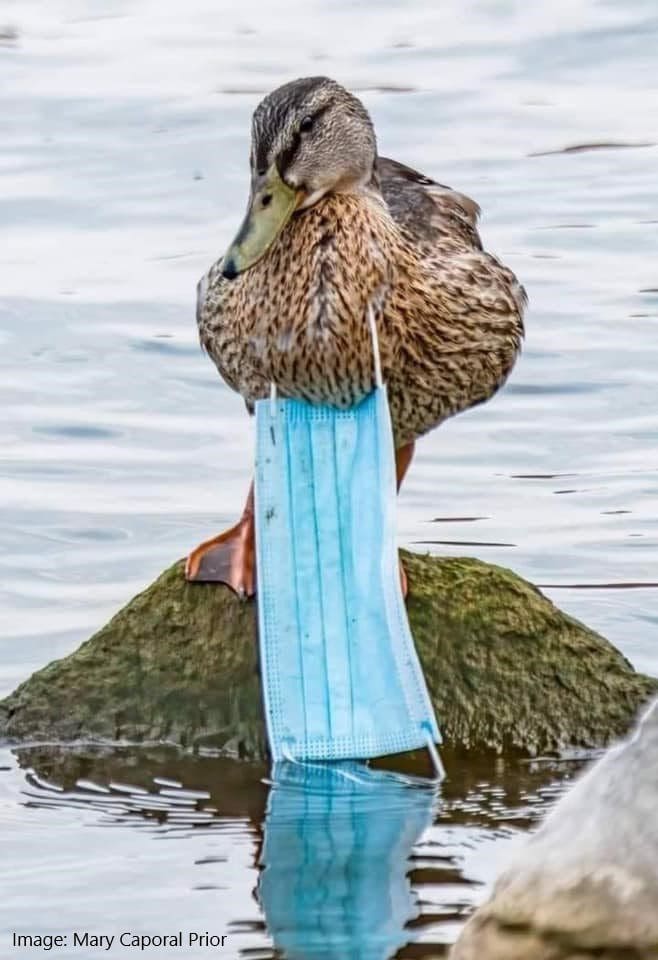
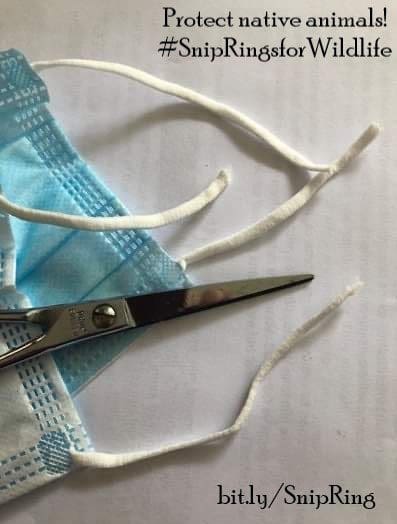
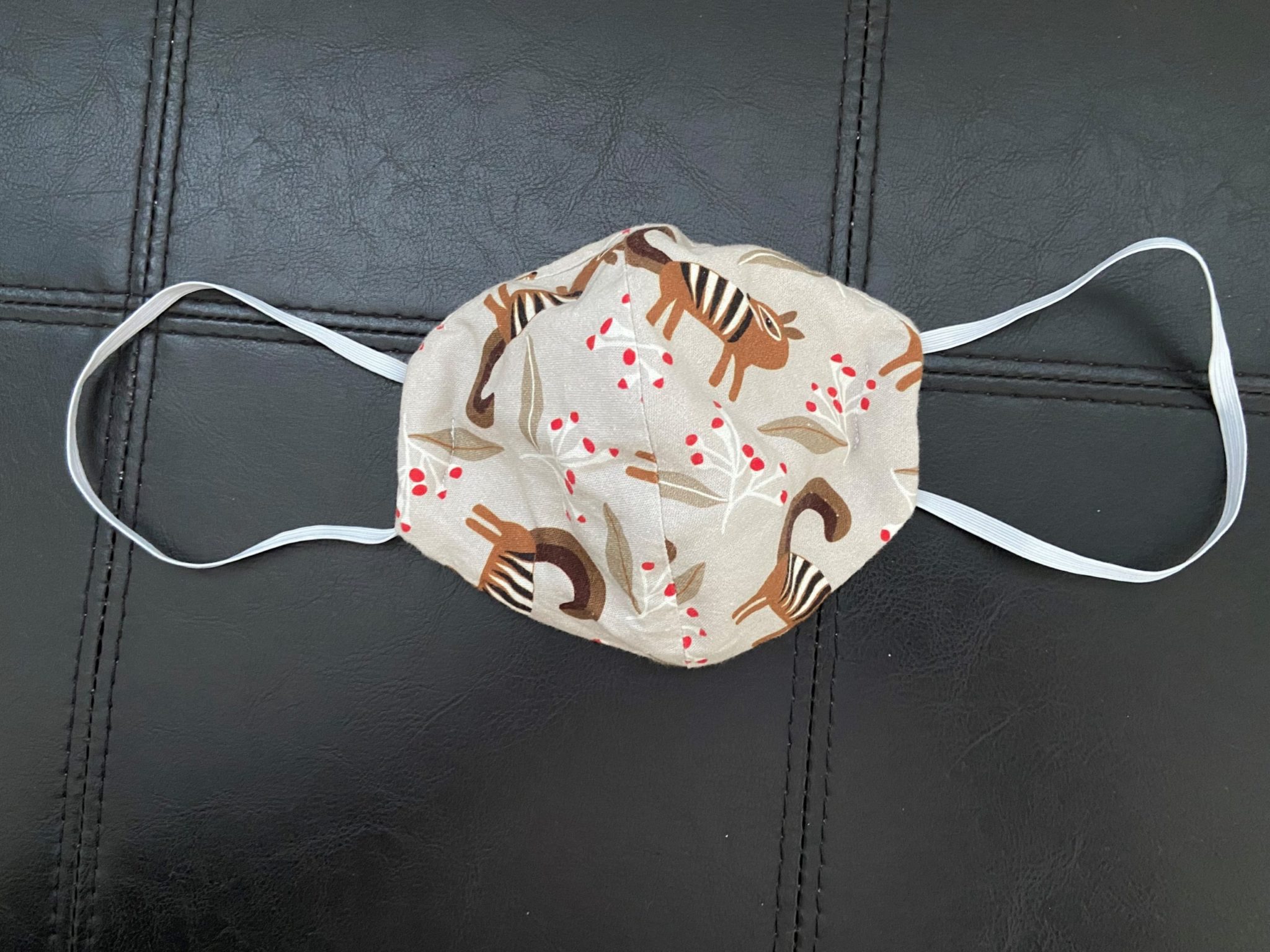
THE IMPACT OF PLASTIC DOME-SHAPED LIDS ON WILDLIFE
A Step in the Right Direction
We were delighted to see 7-eleven Australia using paper lids (and straws) on their products as of November 2022.
